Setting the Scene: ERP as the Kitchen Command Center
Imagine you’re setting up a world-class kitchen for a bustling, top-rated restaurant. You don’t just need pots and pans—you need a well-orchestrated system that manages your groceries, staff schedules, bills, recipes, health codes, and more. Everything has to work in harmony to serve wonderful meals without chaos.
This is exactly how ERP (Enterprise Resource Planning) systems work for businesses. Think of ERP as your business’s central brain or command center that helps various departments—Finance, HR, Sales, Inventory—collaborate seamlessly.
Among many ERP options, SAP ERP is often known as the “executive chef,” a powerful and comprehensive solution.
But how does SAP differ from other popular ERPs like Oracle, Microsoft Dynamics, Acumatica, and Epicor? Which one suits your unique business kitchen? Let’s explore.
What Does an ERP System Actually Do?
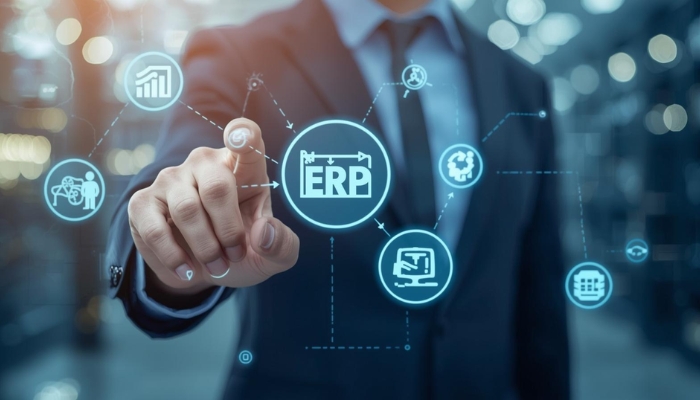
Before comparing products, here’s a simple definition: ERP systems integrate all core business processes into one software platform. This means:
- Finance instantly knows what Sales is doing.
- Inventory updates dynamically with orders and shipments.
- HR tracks staffing needs in real time.
No more scattered spreadsheets, lost emails, or duplicated data entry. Much like a kitchen expeditor, ERP ensures smooth operations behind the scenes.
1. Industry Focus: Who Each ERP Serves Best
|
ERP System |
Industry Focus / Strengths |
|---|---|
|
SAP ERP |
The Swiss Army knife of ERP—works across industries like retail, manufacturing, healthcare, public sector, and more. Highly customizable for complex scenarios. |
|
Oracle ERP |
The precision tool for large, complex firms—finance, manufacturing, and technology sectors often choose Oracle for depth. |
|
Microsoft Dynamics |
The flexible toolbox, ideal for mid-sized businesses that want Microsoft Power, familiar interfaces, and strong integration. |
|
Acumatica |
The cloud-first gadget, designed for small to medium businesses that value cloud agility and rapid ROI. |
|
Epicor ERP |
The specialty appliance, tailored for manufacturing, supply chain, and retail sectors. Focused on shop-floor operations. |
Takeaway:
If you’re in a niche, highly customized business or need deep cross-industry support, SAP is often the best fit. For more specialized or smaller scale needs, the others might give you quicker deployment and better cost efficiency.
2. Scope of Functionality: What Can They Do?
Imagine your business as an orchestra.
|
ERP System |
Functionality Scope |
|---|---|
|
SAP ERP |
Full symphony orchestra: finance, supply chain, HR, CRM, manufacturing, analytics, IoT, AI—all modules tightly integrated. |
|
Oracle & Microsoft Dynamics |
Build-your-own band: you pick and choose modules based on needs (finance, SCM, CRM, HR, etc.) for a tailored mix. |
|
Acumatica & Epicor |
Modular setup: pay for what you need, scalable as you grow. Emphasizes essentials with add-ons available. |
Takeaway:
SAP packs everything from day one—a powerful approach for enterprises that want complete coverage. Other ERPs offer flexibility to assemble precisely what your company needs, which can be cost-effective and simpler to manage.
3. Integration Capabilities: How Well Do They Connect?
Business success often depends on how well your software talks to other tools, just like compatible kitchen appliances.
|
ERP System |
Integration Strengths |
|---|---|
|
SAP ERP |
Acts like a smart home hub; connects extensively with SAP products (S/4HANA, Ariba, Concur) and third-party tools. |
|
Oracle ERP |
Strong but may require additional middleware for full interoperability. |
|
Microsoft Dynamics |
Native seamless integration with Microsoft ecosystem (Office 365, Teams, Power BI). Ideal if your company is Microsoft-heavy. |
|
Acumatica & Epicor |
Support integrations but quality depends on specific setups and connectors. |
Takeaway:
If you rely on diverse software tools, SAP or Microsoft Dynamics simplifies integration. Oracle can deliver but might involve additional layers. Acumatica and Epicor are growing their integration capabilities steadily.
4. Cost: What Will It Take?
Buying an ERP is like choosing a vehicle for your business journey—consider the upfront investment, maintenance, and flexibility:
|
ERP System |
Cost Model & Considerations |
|---|---|
|
SAP ERP |
Luxury SUV: High upfront cost, licenses by users & features, requires IT experts & training. Higher TCO (total cost of ownership). |
|
Oracle ERP |
Similar to SAP: Premium pricing with complex licensing & deployment costs. |
|
Microsoft Dynamics |
Subscription lease: Monthly or annual fees, making costs predictable and scalable for mid-sized firms. |
|
Acumatica & Epicor |
Pay as you grow models; ideal for SMBs with limited capital and growing needs. |
Takeaway:
SAP and Oracle are more expensive but offer extensive capabilities. Microsoft Dynamics and others provide flexible pricing for growing businesses with limited budgets and IT resources.
5. Deployment Options: Where Does It Run?
Choosing where your ERP lives is like choosing to live in a house, apartment, or vacation home:
|
ERP System |
Deployment Flexibility |
|---|---|
|
SAP ERP |
Supports on-premise, cloud, and hybrid deployments. Offers great flexibility for IT teams. |
|
Oracle ERP |
Also support on-premise and cloud; Oracle strongly encourages cloud adoption. |
|
Microsoft Dynamics & Acumatica |
Primarily cloud-first solutions designed for remote work and low IT overhead. |
Takeaway:
SAP and Oracle suit companies requiring control and hybrid solutions. Microsoft and Acumatica favor cloud agility and reduced IT dependency.
6. Licensing: How Do You Pay?
Licensing and payment models affect budgeting and scaling:
|
ERP System |
Licensing Model |
|---|---|
|
SAP ERP |
Traditional licenses based on users, roles, and customizations. Often involves large up-front payments. |
|
Microsoft Dynamics, Acumatica, Epicor |
Subscription-based (SaaS). You pay per user per month/year, with easier scaling and predictable costs. |
Takeaway:
Subscription models provide flexibility for businesses expecting to grow or change rapidly. Traditional licensing can be better for companies with stable, long-term needs and heavy customization.
7. User Interface: Is It User-Friendly?
No one wants to struggle with hard-to-use software, much like preferring a smartphone over an old phone:
|
ERP System |
Interface |
|---|---|
|
SAP ERP |
Historically complex but improved significantly with SAP Fiori — modern, role-based design. |
|
Microsoft Dynamics |
Intuitive, user-friendly, familiar for users of Microsoft products. |
|
Acumatica & Epicor |
Focus on simplicity and ease of use, good for quick adoption. |
Takeaway:
All providers are working hard on user experience; Microsoft Dynamics often wins for ease and familiarity, SAP is catching up fast with the Fiori interface.
Deep Dive: Why Many Businesses Still Choose SAP

Despite being pricier and complex, SAP remains a popular choice for reasons including:
- All-in-One Power: Handles a vast range of business functions under one platform.
- Industry Expertise: Pre-built process templates for industries like manufacturing, retail, banking, healthcare, and more.
- Global Reach: Supports multi-country operations, multiple languages, currencies, and complex compliance.
- Strong Partner Ecosystem: Extensive network of consultants, developers, and third-party add-ons.
- Innovative Technology: Embedded AI, analytics, IoT capabilities empower smart business operations.
However, SAP’s complexity requires dedicated IT resources and thorough training, which might overwhelm small businesses.
Quick Pros and Cons Cheat Sheet
|
ERP System |
Strengths |
Potential Drawbacks |
|---|---|---|
|
SAP ERP |
Extremely comprehensive, customizable, industry-rich; global scalability. |
High cost, steep learning curve, complex deployments. |
|
Oracle ERP |
Powerful for large enterprises, strong financial modules. |
Complex pricing, implementation can be long and costly. |
|
Microsoft Dynamics |
User-friendly, strong Microsoft integration, flexible pricing. |
Less depth in industry-specific features, may need customization. |
|
Acumatica |
Cloud-first, flexible pricing, easy adoption for SMBs. |
Limited advanced features for large enterprises. |
|
Epicor |
Focused on manufacturing and distribution; good usability. |
Less extensive than SAP or Oracle, more niche. |
How to Choose the Right ERP for Your Business
Think of picking an ERP like choosing a travel mate for a long trip. They should fit your pace, style, and destination.
Ask yourself:
- What are your must-have business needs versus nice-to-haves?
- How big and complex is your company?
- What budget and IT resources do you have available?
- Do you want a cloud-first or on-premise solution?
- Do you need deep industry-tailored features?
- How important is user-friendliness or customization?
Bonus Tip: Turbo-Charge SAP with Smart Add-Ons
If SAP seems right for you, consider adding tools like Artsyl’s docAlpha and ArtsylPay that integrate directly with SAP ERP to:
- Automate document processing (purchase orders, invoices).
- Improve order and invoice management.
- Streamline accounts payable and receivable.
This is like adding performance upgrades to your ERP engine for faster, smoother operations.
Wrapping It Up: Your Next Steps

Choosing the right ERP system is a major milestone—think of it as selecting the vehicle that will drive your business into the future.
- If you want all-in-one power, deep industry and global reach, and have the budget and IT team for it, SAP ERP is a proven leader.
- For flexible, modular, and often easier-to-use solutions, Microsoft Dynamics, Acumatica, and Epicor offer excellent alternatives.
- Oracle ERP is a solid choice for complex, large enterprises looking for financial strength and scale.
There’s no universal “best” ERP. The right choice fits your business DNA, growth plans, budget, and operational style.
Take your time. Request demos. Ask questions. Test-drive your options.
And if you ever feel stuck or need expert guidance, reach out to consultants who specialize in ERP selection. The right ERP will transform your business kitchen from chaotic to world-class — the kind everyone wants to see.
If you want, I can help craft this into an actual blog post with more examples, analogies, and structure. Just let me know!
FAQs
What makes SAP different from other ERP systems like Oracle, Microsoft Dynamics, or Acumatica?
SAP offers all-in-one coverage, global scalability, industry expertise, and powerful integration, but has a steeper learning curve and higher costs compared to more modular or specialized ERPs.
Is SAP ERP only for large enterprises?
While SAP is best known for serving big businesses, its newer offerings (e.g., SAP Business One) also target mid-sized and even smaller enterprises with streamlined solutions.
How does the cost of SAP compare with other ERP systems?
SAP and Oracle are at the higher end for total cost of ownership, including licensing, support, and implementation. Microsoft Dynamics, Acumatica, and Epicor offer flexible, subscription-based models for a lower initial investment.
Can SAP and other ERPs integrate with third-party software?
SAP excels at integrating with its own and external platforms (S/4HANA, Ariba, Concur, etc.). Microsoft Dynamics integrates natively with Office 365, Power BI, and Teams, while Oracle, Epicor, and Acumatica offer various middleware and API options.
How long does it take to implement SAP versus other ERP solutions?
SAP projects often require significant resources and months to over a year for full deployment. Other ERPs can offer shorter, more modular implementations, depending on business scale and complexity.
What are the most common challenges when switching ERP systems?
Migration complexity, data transfer, process mapping, and employee training are key hurdles—thorough planning and expert support help ensure smoother transitions.

Jewel Susan Mathew
Experienced SAP specialist and content writer, helping CXOs and leaders drive digital transformation with SAP solutions like S/4HANA, Ariba, Business One, and SuccessFactors.
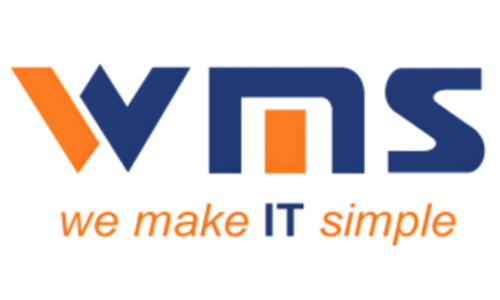
 SAP Cloud ERP Private
SAP Cloud ERP Private SAP Cloud ERP
SAP Cloud ERP SAP Business One
SAP Business One SAP Business ByDesign
SAP Business ByDesign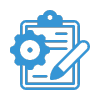 SAP SuccessFactors
SAP SuccessFactors SAP Ariba
SAP Ariba SAP Sales Cloud
SAP Sales Cloud SAP Concur
SAP Concur SAP Business Technology Platform
SAP Business Technology Platform SAP Analytics Cloud
SAP Analytics Cloud SAP Signavio
SAP Signavio SAP Business One FASHION
SAP Business One FASHION SAP Business One PAYROLL
SAP Business One PAYROLL SAP Business One PDC
SAP Business One PDC SAP Business One PDT
SAP Business One PDT SAP Business One REAL ESTATE
SAP Business One REAL ESTATE SAP Business One RENTAL
SAP Business One RENTAL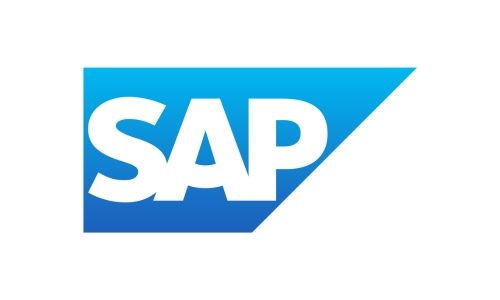
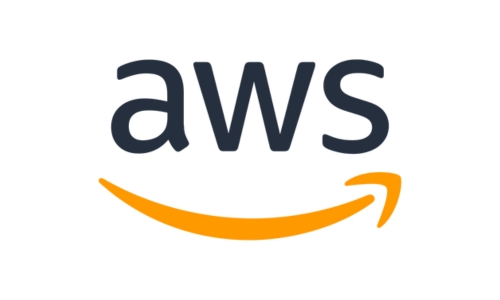
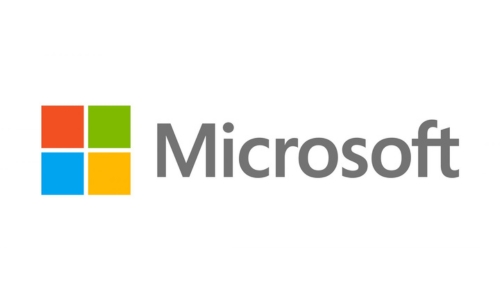
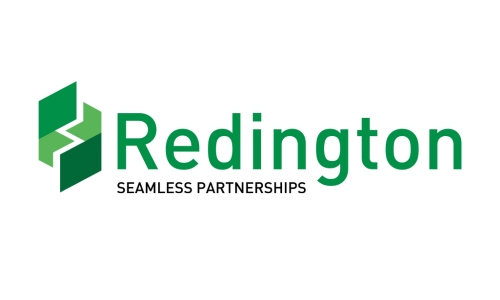
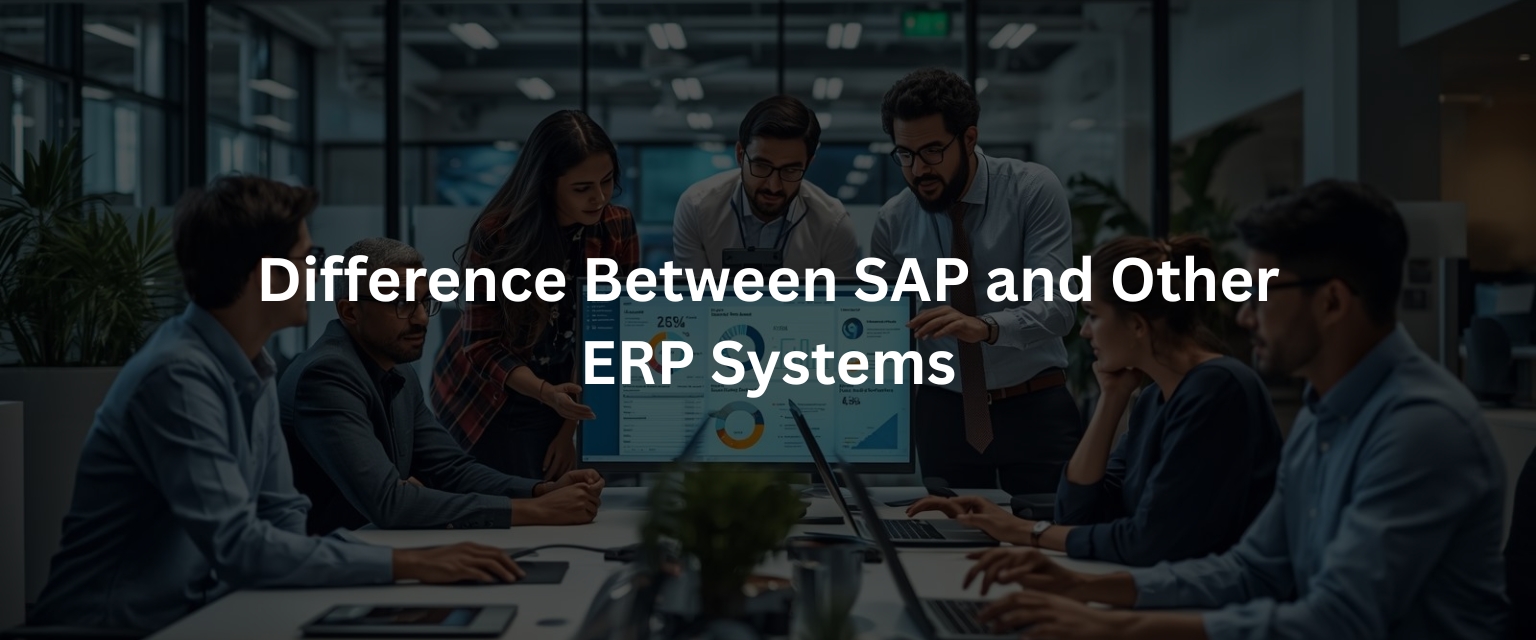

Really good comparison! But I’m unsure — at what point should a business start considering SAP instead of a more general ERP system? Like, is there a company size or complexity threshold where SAP becomes worth it?
Hey, that’s a very smart question. It really depends on how complex your business processes are. If your company has:
High transaction volume (lots of financial entries, manufacturing orders, etc.)
Multiple business units / global operations
Sophisticated reporting needs (detailed financial forecasts, consolidated reporting)
Heavy compliance requirements
Then SAP often makes sense, because it’s built for scale and deep functionality.
But for smaller or mid-sized companies with simpler needs, a more generalized or modular ERP may be more cost-effective.
This is one of the simplest yet most informative ERP comparisons I’ve read. Loved how you explained SAP’s flexibility vs general ERP systems.
Thank you, Priya! We try to keep things straightforward without losing accuracy. Happy you found it useful!